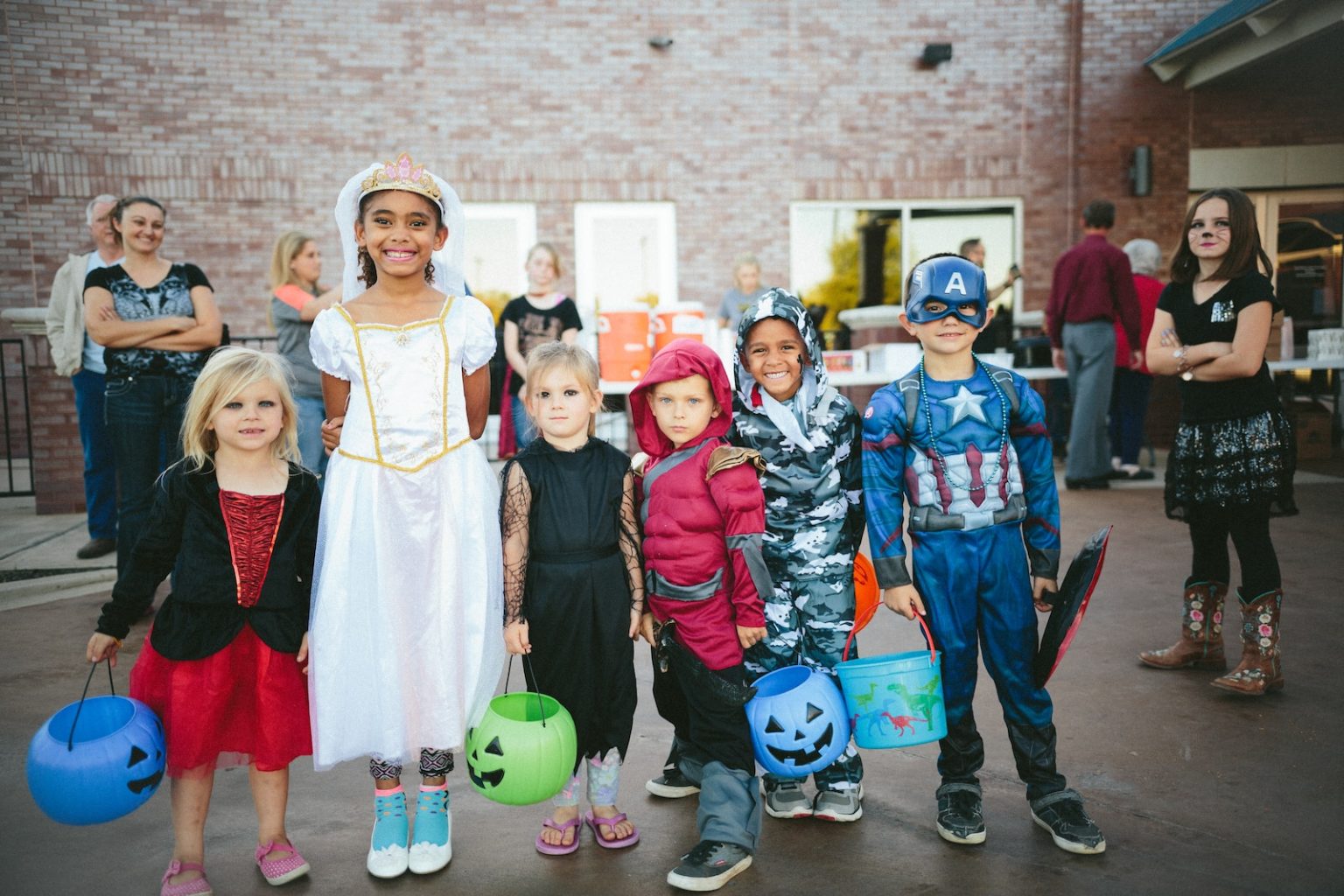Costume design has always played a crucial role in the storytelling of films and television shows. The power of costume in cultural storytelling cannot be underestimated, as it has the ability to transport audiences to different time periods, evoke emotions, and convey the essence of a character or a culture.
One of the most significant aspects of costume design is its ability to set the tone and mood of a film or television show. Whether it’s the elaborate and ornate costumes of a period drama or the futuristic and sleek designs of a science fiction film, costumes have the power to instantly immerse viewers in the world of the story. For example, the iconic costumes in the Star Wars franchise not only define the characters but also create a sense of otherworldliness that is essential to the storytelling.
Furthermore, costumes can also be used to convey the emotional journey of a character. A prime example of this is seen in the transformation of Walter White in the television series Breaking Bad. As the character descends into the world of crime, his wardrobe changes from bland and unassuming to bold and menacing, reflecting his inner turmoil and moral decay. This demonstrates how costume design can be a powerful tool in developing a character’s arc and conveying their internal struggles.
Additionally, costume design can also serve as a means of cultural storytelling. Traditional costumes and attire can be used to represent a specific culture or time period, allowing audiences to gain insight into the customs and traditions of different societies. For instance, the vibrant and intricate costumes in the film Black Panther not only pay homage to African culture but also serve as a visual celebration of the diversity and richness of the continent.
In conclusion, the power of costume in cultural storytelling is undeniable. From setting the tone and mood of a story to conveying the emotional journey of a character and representing different cultures, costume design is an essential element in the world of film and television. It not only enhances the visual appeal of a production but also adds depth and meaning to the storytelling, making it an integral part of the cinematic experience.



